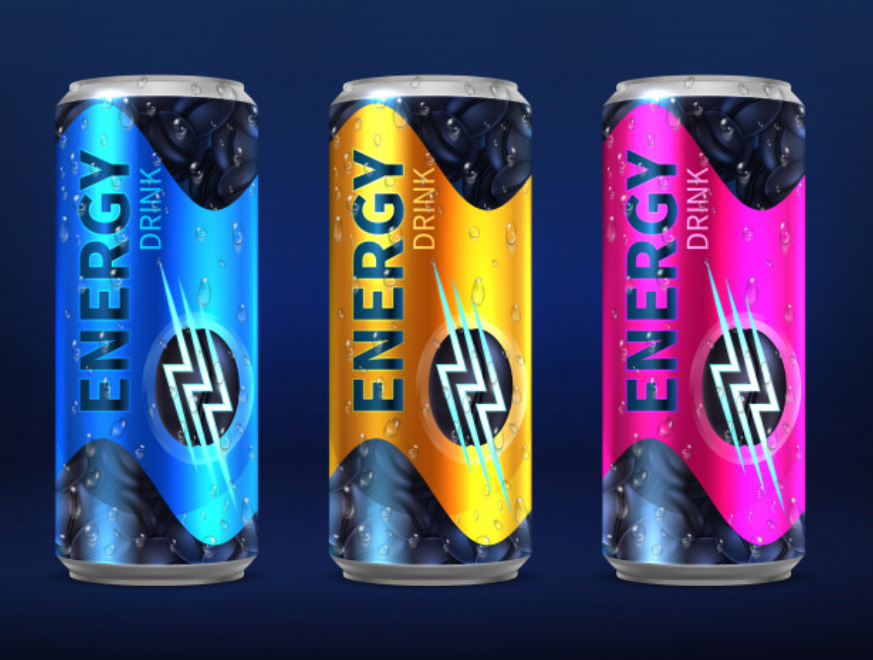
You may continue to feel the effects of caffeine for four to six hours. Within one hour of eating or drinking caffeine, it reaches its peak level in your blood. May interfere with the absorption of calcium in the body.Increases the release of acid in your stomach, sometimes leading to an upset stomach or heartburn.Is a diuretic, meaning that it helps your body get rid of extra salt and water by urinating more.Stimulates your central nervous system, which can make you feel more awake and give you a boost of energy.The amount of caffeine in different drinks can vary a lot, but it is generally:Ĭaffeine has many effects on your body's metabolism. Most people consume caffeine from drinks. So do energy drinks and "energy-boosting" gums and snacks. For example, some pain relievers, cold medicines, and over-the-counter medicines for alertness contain synthetic caffeine. There is also synthetic (man-made) caffeine, which is added to some medicines, foods, and drinks. Cacao pods, which are used to make chocolate products.Kola nuts, which are used to flavor soft drink colas.Food Safety and Standards (Food Products Standards and Food Additives) Regulations, 2011- 759b385/Compendium_Food_Additives_Regulations_22_01_2019.Caffeine is a bitter substance that occurs naturally in more than 60 plants including:.Food companies involved in the manufacturing, marketing or import of Energy drinks are now seeking the help of experts to comply with the FSSAI Regulations. It makes these standards difficult to follow with so many conditions and requirements to fulfil. India has become one of the first few countries to have regulations for the sale of Energy Drinks. FSSAI with the agenda of consumer safety on priority, is ensuring the implementation of these standards with regular enforcement activities. It has raised the concern of food safety authority. There is a trend of increase consumption of Energy Drinks among the young population. can also be done within their prescribed limits for per day serving. The use of amino acids such as Taurine, Inositol etc. 100% RDA) for the use of Vitamins such as Vitamin B1, Vitamin B2, Vitamin B3, Vitamin B6 and Vitamin B12. There should be prominent display saying “Not recommended for children, pregnant and lactating women, persons sensitive to caffeine’ on the product.įSSAI has also prescribed a limit of maximum one Recommended Daily Allowance level in per day serving (i.e. They need to declare ‘High caffeine’, with the quantity of caffeine.

The companies marketing Energy Drinks have to comply with the special labelling regulations. This will limit how much of energy drink a consumer can have in a day.

With this, it will be mentioned on the labels that one should “Consume not more than 500 ml per day”. The maximum permissible level of caffeine content in these beverages is 300 mg per litre irrespective of the source. The food safety standards state that the non-alcoholic beverages containing caffeine above 145 mg per litre will be labelled as “Caffeinated Beverage”. The energy drinks were being sold with added vitamins above their Recommended Daily Allowance (RDA). Many ingredients being used in the caffeinated beverages were not approved for use as per the Indian food regulations.
Caffeinated drinks series#
This step of regulating caffeinated beverages from FSSAI came after a series of popular energy drinks in the Indian market were found to contain caffeine content beyond recommended daily consumption level. The apex body under the category of water based flavoured drinks, described the ‘so-called Energy drinks’ as the drinks that contain high levels of nutrients and other ingredients. The Food Safety and Standards Authority of India (FSSAI) has set up the limit of Caffeine content for Energy Drinks, under the standards for Caffeinated Beverage.


 0 kommentar(er)
0 kommentar(er)
